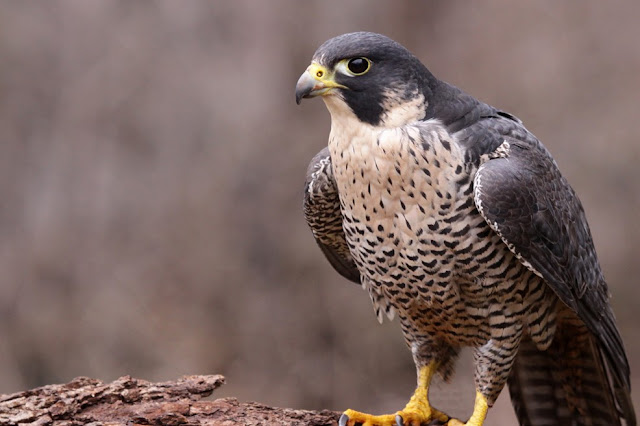The Alta Murgia welcomes a fauna among the most interesting of Puglia and Italy, with widely distributed species tied to steppe environments and a few species distribution point linked to other environments.
Among the birds that populates the Murgia there are some of the most important populations of species of steppe and semiarid areas of the Mediterranean basin: lark (Calandrella brachydactyla) and the calender (Melanocorypha calender) that have particular relevance for the purposes conservazionistici being the most numerous populations Italian peninsula, woodlark (Lullula arborea ), skylark (Alauda arvensis), crested lark (Cristata Gallery), stone curlew (Burhinus oedicnemus ).
The animals of the Alta Murgia National Park.
Contributing to the beauty of the landscapes is a wide variety of flowers made up of oaks, cypresses and Aleppo pines. On the natural meadows you can see olive trees (wild olive trees), medlar and almond trees.
The steppe area, on the other hand, hosts several species of orchids, together with dog roses. Lots of animals that can be found on the vast area of the Apulian park.
First of all the birds, particularly present with different species of hawks including the peregrine, the lesser kestrel and the lanner, but also with a few specimens of gray heron.
There is also no shortage of nocturnal birds: after sunset you can see and hear barn owls, tawny owls, owls and owls here.
Birds.
The Murgia welcomes several species of birds of prey including one of the largest populations in the world of lesser kestrel (Falco naumanni ), a priority species for which the steppe is the trophic habitats and nesting in the historical centers of the neighboring countries where it determines a match unique among ancient architecture and nature. Other species of birds of prey of great importance in the area are the red kite ( Milvus milvus ), the short-toed ( Circaetus gallicus ), the Montagu's harrier ( Circus pygargus ), the marsh harrier ( Circus aeroginosus ), buzzards (Buteo buteo), The kestrel ( Falco tinninculus ), and the Lanner falcon ( Falco biarmicus feldeggii ) for which southern Italy is the western limit expansion.
Among the owls are the barn owl ( Tyto alba ), the long-eared owl ( Asio otus ) and the owl ( Athene noctua ).
Amphibians.
The Murgia is also the habitat of amphibians such as the Italian newt ( Triturus italicus ), endemism of central and southern Italy, and the yellow-bellied toad ( Bombina pachypus ) and reptiles such as geckos of kotschyi ( cyrtopodion kotschyi ) , the green lizard ( Lacerta bilineata ), the cervone (Elaphe quatuorlineata ), the leopard snake ( Elaphe situla ), the viper ( Vipera aspis ) and the Hermann tortoise ( Testudo hermanni ).
Mammals.
Of great importance is the small mammal population as the main source trophic for many birds of prey, including the shrew ( Suncus etruscus ), Savi's vole ( Pitymis lizards ), the wood mouse (Apodemus sylvaticus ) and the numerous species of bats of which he cites the greater horseshoe ( greater horseshoe bat ), the lesser horseshoe ( Rhinolophus hipposideros ), the Mediterranean horseshoe ( Rhinolophus euryale ), the Miniottero ( Miniopterus schreibersi ), the greater vespertilio ( Myotis myotis ), the vespertilio Blyth ( Myotis blythii ).









